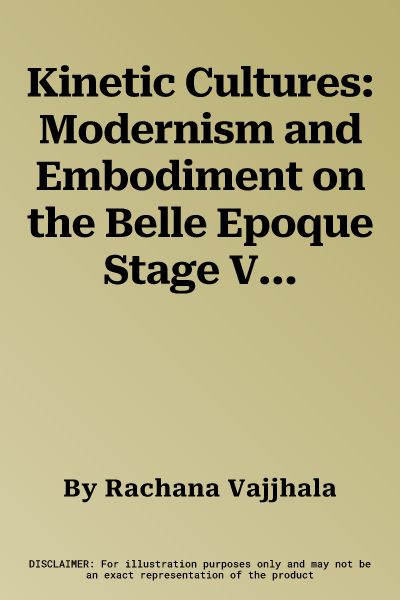Rachana Vajjhala
(Author)Kinetic Cultures: Modernism and Embodiment on the Belle Epoque Stage Volume 32Hardcover, 5 December 2023

Temporarily out of stock
Free Delivery
Cash on Delivery
15 Days
Free Returns
Secure Checkout

Part of Series
California Studies in 20th-Century Music
Print Length
185 pages
Language
English
Publisher
University of California Press
Date Published
5 Dec 2023
ISBN-10
0520356276
ISBN-13
9780520356276
Description
Product Details
Author:
Book Format:
Hardcover
Country of Origin:
US
Date Published:
5 December 2023
Genre:
French
ISBN-10:
0520356276
ISBN-13:
9780520356276
Language:
English
Pages:
185
Publisher: